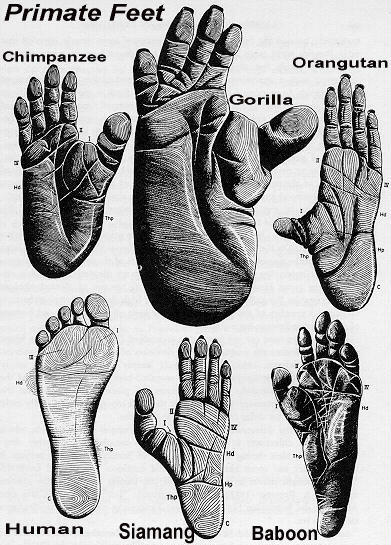

Male gorillas have a less active role in caring for their offspring than females but they do help to socialize them when they leave their mothers for increasing lengths of time, especially after about 18 months and into their juvenile period (3-6 years). A gorilla infant remains in contact with its mother for the first five months.

Gorilla infants depend on their mothers for survival. Males in all-male troops are more likely to socialize with each other and display friendly interactions such as play and grooming. Adult male gorillas do not usually form bonds of friendship/cooperation with each other in mixed-gender troops where competition for position in the hierarchy and for females dominates. When it occurs, aggressive behaviour between female gorillas within a troop may concern social access to the males, who sometimes intervene in such disputes. Individual relationships between adult females vary and can be friendly, especially between family members, e.g. The cooperation of adult males is valuable to females because adult males within the troop protect gorilla young from infanticidal males from outside the troop. between the dominant silverback and his females include grooming. Social activities between adults in a gorilla troop e.g. Young gorillas stay with their mother until they build their own nests when they are about 3 years old. These may consist of arrangements of leaves and branches, either at ground level or in trees. They make and use simple individual nests both during the day and at night. The large size of their stomach is due to the large extent of intestines gorillas need to digest the bulky fibrous vegetation they eat.

Gorillas have a very distinctive shape because their stomachs are larger than their chests.

#Chimpanzee vs human vs gorilla hands and feet skin
internal organs, skin and skin covering e.g. However, skeletons alone do not provide much information about the soft tissues of the body e.g. The skeleton of an animal provides a lot of information about its physical structure, including its size and proportions. climbing and moving through trees and lifting, breaking and squeezing heavy objects. This is explained by their need for upper-body strength in their natural habitats, which is put to various uses e.g. Another important difference is gorillas' huge arms - they have larger muscles in their arms than in their legs (the opposite being true of humans). That is, they explain why the human skeleton is more suited to an upright bipedal gait whereas although gorillas can walk on two legs sometimes they also move on all-fours ( quadrupedal gait). Pelvic bone - different shape in humans vs gorillasĮxplanations for the differences between human and gorilla skeletons concern movement.Size of rib cage - much large in gorillas than in humans.Human fingers are straight whereas gorillas' are curved, humans have proportionally longer thumbs than gorillas.Human feet have all 5 toes aligned with each other, gorilla feet have opposable large toe.Size of hands and feet - larger in gorillas than in humans.Gorilla arms proportionally longer than human arms.Human legs proportionally longer than gorilla legs.Shape of vertebral column - S-shaped in humans vs bow-shaped in gorilla.Shape and proportions of the skull (see above).The main differences between human and gorilla skeletons are: There are, however, some considerable differences between the shape and proportions of corresponding human and gorilla bones. If you can label the bones of the human skeleton you can probably also label the bones of the gorilla skeleton. Human and gorilla skeletons have the same basic structure.


 0 kommentar(er)
0 kommentar(er)
